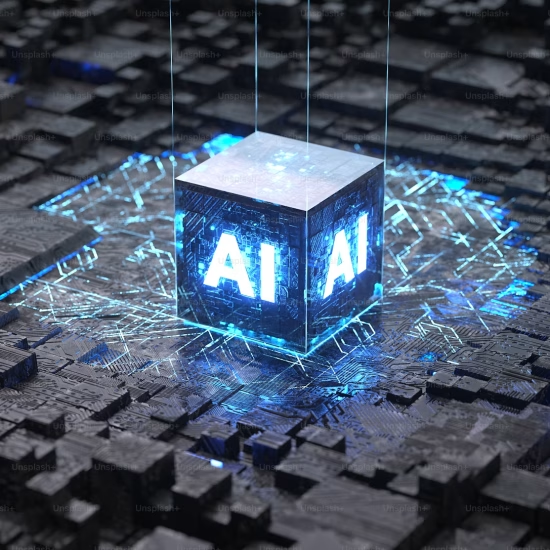
Wouldn’t it be great to double academic achievement with digital tools in our schools? The challenge it seems, when it comes to educational technology use in our schools, is to differentiate authentic impact evidence from hoopla. I’ve only just returned from the International Society for Technology in Education (ISTE) 2018 conference, where I was confronted with this challenge at nearly every turn.
In fact, much of the evidence-free rhetoric I heard reminded me of a prediction made by a famous American innovator regarding the impact of a newly invented technology on education; see if you can guess who said this: “Books will soon be obsolete in schools; our school system will be completely changed inside of ten years.”
Did you guess Steve Jobs? Bill Gates? David Packard? Michael Dell? All good guesses. All incorrect. That predication was made by Thomas Edison in 1913 as he was promoting an exciting new technology—motion pictures.
Clearly books did not become obsolete in 1923, nor was our system of education completely changed by movies. While the times and actors have changed in the last 100 years, the propagandists’ song remains the same. Meanwhile, the preponderance of evidence points to a much more troubling reality regarding the impact of technology on student achievement. Have modern education systems become digitally rich, yet remain innovatively poor?
However, there is indeed cause for renewed optimism regarding how educational technologies can be harnessed to reliably improve student achievement. Recent compounding evidence strongly suggests that disrupting the epidemic of low-impact technology use in our schools is within our grasp. Unsurprisingly, the combination for unlocking this decades-old problem rests less with digital invention and more with pedagogical innovation.
I developed the T3 Framework for Innovation by synthesizing four decades’ worth of research focused on solving the wicked problem of low-impact technology use in our schools. The T3 Framework categorizes the impact of technology into three hierarchical domains: T1) Translational, T2) Transformational, and T3) Transcendent. What is indeed noteworthy is that the strategies in the T3 Framework were observed to have an effect size of ES=1.6. To put this into perspective, an effect size of ES=1.6 is equivalent to students gaining an additional three or four years of academic achievement in a single year; that is tantamount to a near quadrupling of academic achievement. To further illustrate the importance of these findings, I wrote a research white paper aligning John Hattie’s (2008) remarkable Visible Learning Model and the T3 Framework for Innovation. A link to the white paper can be found here.
Wouldn’t it be great to double academic achievement with digital tools in our schools? I firmly believe that this laudable, yet seemingly unattainable goal is within our grasp. I invite you to read this research paper, get a copy of Disruptive Classroom Technologies: A Framework for Innovation in Education, and take the #T3Challenge! To learn more go to www.maganaeducation.com.






